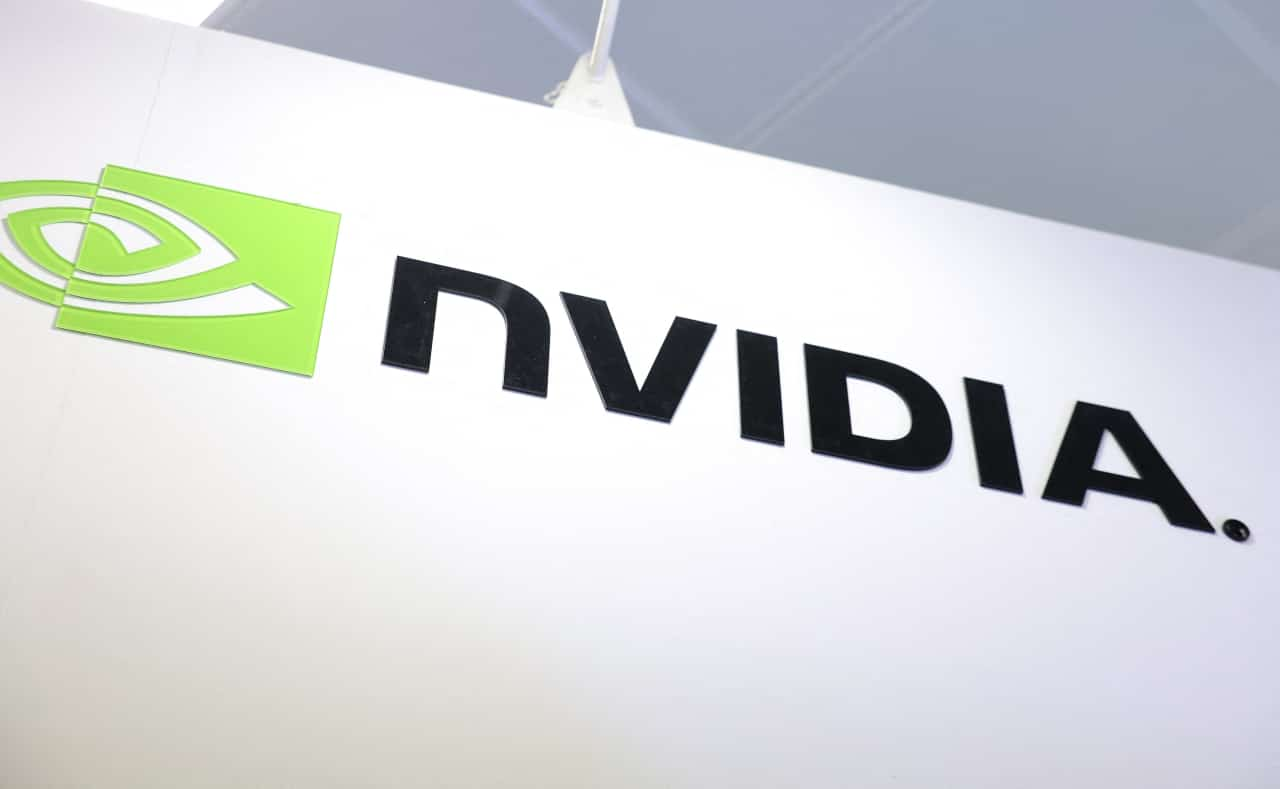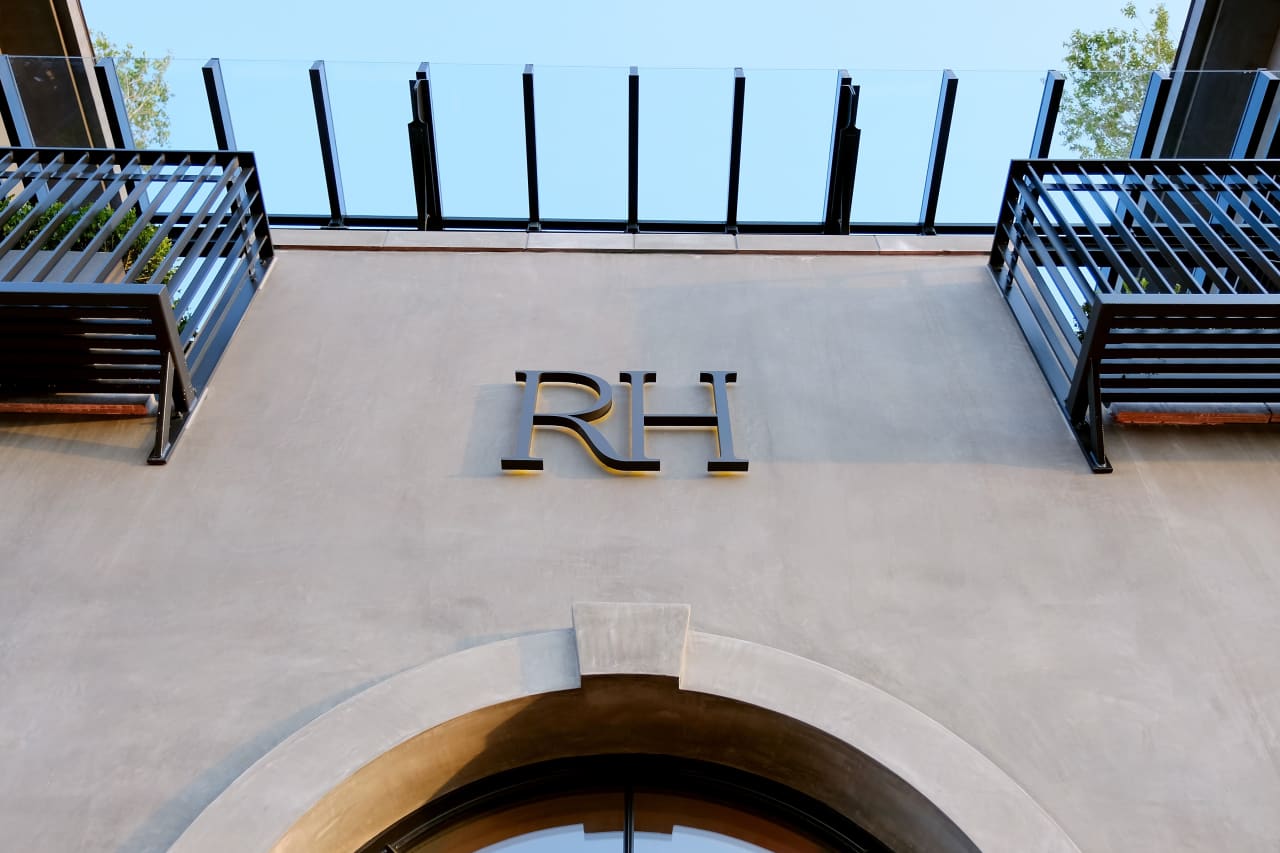Initially, Ukraine wanted Washington to provide security guarantees and new aid in exchange for critical minerals. But the U.S. didn’t offer that, and instead demanded Kyiv pay back all the money that was agreed as aid, while getting preferential access and essentially control over most of Ukraine’s natural resources.
After a tense debate, both parties agreed on no debt for Kyiv, the promise of an equal partnership and even new weapons sales for Kyiv — but still no clear security guarantees from the United States, even as Putin’s war grinds on.
“Trump believed [the deal] would create more leverage for him with the Russian leadership when it was time to go to them. The idea was to start with Ukraine, sign the deal that shows the U.S. is still there. It would be a symbol to the American public, skeptical of more financial commitments, that it was possible to have a shared prosperity with Ukraine. In essence, it would be a tacit security guarantee as an economic partnership,” Scott Bessent, U.S. treasury secretary, said at the Milken Institute Global Conference on Monday.
“Sometimes after the blowup, you end up with a better deal … I think it is a win-win. What it is not is ‘sign here and it is a loan-to-own. You’re going to default on the debt, we’re going to own all your minerals.’ This is an economic partnership. They put assets, we put in capital from DFC (U.S. International Development and Finance Corporation), it’s 50/50. It’s equity, not debt,” Bessent added.












